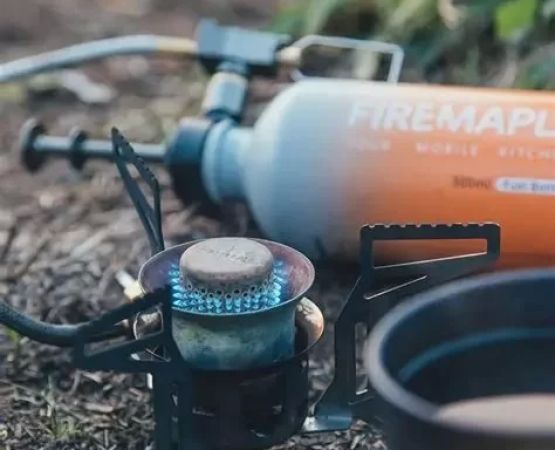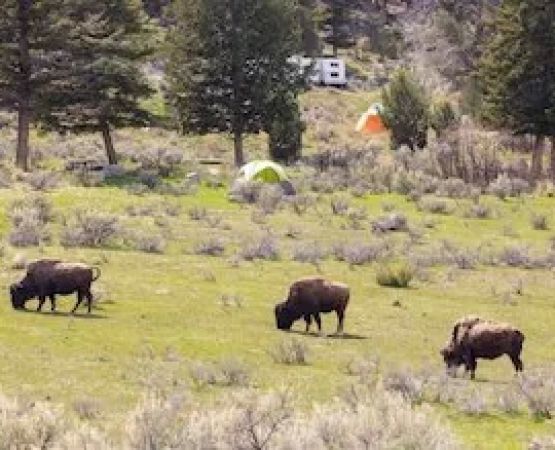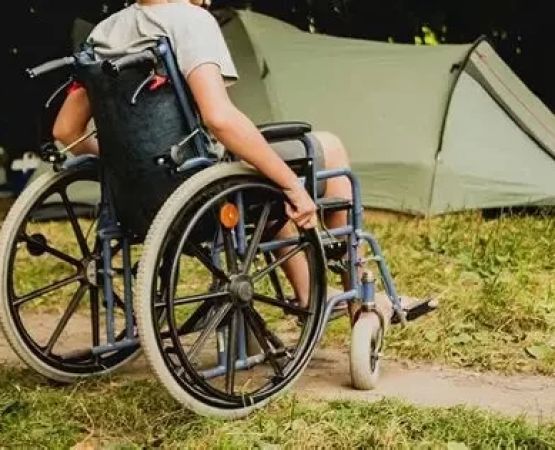- 1 - Why the Right Gear is Essential in the Backcountry
- 2 - Safety Equipment for Avalanche Preparedness
- 3 - Ski and Snowboard-Specific Gear
- 4 - Clothing and Layering Systems
- 5 - Navigation Tools and Communication Devices
- 6 - Real Stories from the Backcountry
- 7 - Smart Packing Tips for Multi-Day Tours
- 8 - Where to Get Reliable Backcountry Gear
1. Why the Right Gear is Essential in the Backcountry
When exploring untouched powder and remote alpine terrain, the right setup isn’t just about comfort—it’s about survival. Essential gear for backcountry skiing and snowboarding gives you the freedom to explore safely, knowing you have what you need if conditions change. Unlike resort skiing, the backcountry demands independence, preparation, and reliable equipment for both safety and performance.
2. Safety Equipment for Avalanche Preparedness
At the heart of backcountry safety is avalanche preparedness. A beacon, probe, and shovel are considered the "holy trinity" of avalanche gear. Every rider should know how to use these tools, ideally through an avalanche safety course. More advanced skiers and snowboarders also carry an avalanche airbag pack, which increases survival odds during a slide. The story of a Colorado snowboarder who survived a major slide thanks to his airbag has become a cautionary tale for anyone tempted to head out without proper gear.
3. Ski and Snowboard-Specific Gear
Touring skis with skins, splitboards, and lightweight bindings are game changers for accessing untouched terrain. These setups allow riders to climb efficiently before transitioning into downhill mode. Boots designed for uphill travel with walk modes make ascents far more comfortable. Without the right gear, even the strongest riders can burn out before they reach their line.
4. Clothing and Layering Systems
Backcountry weather changes quickly, making layering essential. A moisture-wicking base layer, insulating mid-layer, and waterproof outer shell form the backbone of a functional system. High-quality gloves, goggles with interchangeable lenses, and a breathable balaclava also provide critical comfort. In freezing conditions, having the right layering can mean the difference between a great ride and frostbite.
5. Navigation Tools and Communication Devices
Getting lost in the wilderness is a real risk. GPS devices, topographic maps, and compasses are non-negotiable. Modern riders often carry satellite communicators or radios to stay connected in case of emergencies. In one case in the Sierra Nevada, a group of backcountry skiers avoided disaster thanks to a satellite SOS call after being stranded by a storm.
6. Real Stories from the Backcountry
Backcountry skiing and snowboarding are filled with both inspiring and sobering stories. For instance, many riders recall their first experience of skinning up a quiet ridge at sunrise—the solitude, the effort, and the reward of untracked powder below. At the same time, rescue reports remind us that even experienced athletes are vulnerable without proper preparation, making safety training and the right gear indispensable.
7. Smart Packing Tips for Multi-Day Tours
For overnight trips, lightweight tents, compact stoves, and insulated sleeping bags keep adventurers warm and fueled. Food that is calorie-dense yet easy to prepare ensures energy doesn’t run out during demanding climbs. Balancing minimalism with necessity is key: too little gear risks safety, while too much slows you down. Experienced backcountry travelers often fine-tune their kits over years of trial and error.
8. Where to Get Reliable Backcountry Gear
Quality gear can be the difference between a successful trip and a dangerous one. For trusted equipment recommendations and seasonal gear updates, visiting Pine Cliff Resort is a great option. Their curated selection and expert advice help both beginners and seasoned riders prepare for the challenges of the backcountry with confidence.






